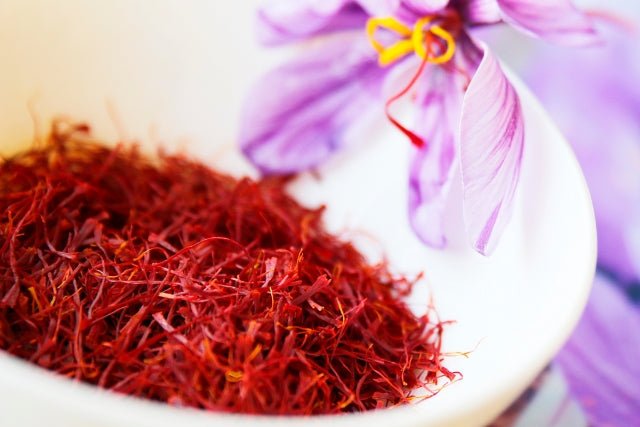

Often referred to as 'red gold,' saffron is no ordinary spice. With its vivid crimson threads and intoxicating aroma, it is the world's most expensive spice by weight, treasured by food connoisseurs and gourmet chefs globally. This article will explore the reasons for saffron's high value, its cultivation process and its remarkable influence on culinary delights worldwide.
The Cultivation of Saffron

Saffron comes from the flower of Crocus sativus, a plant native to Greece and Southwest Asia. The spice is labour-intensive to harvest, contributing to its high price. Each flower produces only three stigmas or saffron threads, which must be hand-picked and carefully dried. It takes approximately 150,000 flowers to produce just one kilogram of saffron, an operation often spread over a vast expanse of land and involving numerous workers.
The best quality saffron is characterized by a deep red colour, a sweet, hay-like fragrance and a bitter, metallic taste. Saffron quality is also determined by its colouring strength, aroma and flavour, which are the result of the compounds crocin, picrocrocin and safranal respectively.
Saffron's High Value

Saffron's cost is reflective of its labour-intensive cultivation process, but it’s worth extends beyond its price tag. The spice has been highly prized throughout history for its culinary, medicinal and even dyeing properties. In the culinary world, saffron imparts a distinctive golden-yellow hue to dishes, along with its unique flavour and aroma.
Additionally, saffron has long been used in traditional medicine for its potential health benefits. It contains several plant-derived chemical compounds that are known to have antioxidant, disease-preventing, and health-promoting properties.
Saffron in Culinary Delights

The use of saffron in cooking is as diverse as the regions it's grown in. In Spanish cuisine, it's an essential ingredient in the national dish, paella. In Italian cooking, it's used in risotto alla Milanese, giving the creamy rice dish its signature yellow color and delicate flavour.
In India and the Middle East, saffron is commonly used in biryanis, pilafs, sweets, and a variety of other dishes. It's also used in Iranian cuisine, especially in rice dishes like tahdig, where it provides a beautiful colour and aroma.
Saffron also holds a place of honour in Afghan cuisine, being integral to the nation's rich culinary traditions. It is used extensively in a wide array of dishes, from savoury meals to desserts, enhancing them with its unique colour, aroma, and flavour. Afghan dishes like Kabuli Pulao, a fragrant rice dish with lamb, raisins, and carrots, are often tinted with the golden hues of saffron.
Saffron's Versatility: A Delightful Addition to Tea

Beyond its prominent use in savoury dishes and desserts, saffron also finds a cherished place in the world of beverages, particularly as an infusion in tea. Saffron tea, a golden-hued aromatic drink, is revered in various cultures for its potential health benefits and soothing properties.
The tea carries the distinctive sweet yet slightly bitter taste of saffron, offering a unique sensory experience. In many Middle Eastern countries, it's common to serve saffron tea as a gesture of hospitality. Moreover, incorporating saffron in tea is believed to harness its antioxidant properties and promote relaxation, making it a favourite among health enthusiasts.
Final Thoughts
Saffron is a true culinary treasure. Despite its cost, it continues to be highly sought after for its unique qualities and unmatched flavour profile. Its labour-intensive cultivation process and its profound impact on culinary creations around the world truly make it a spice worth its weight in gold.
